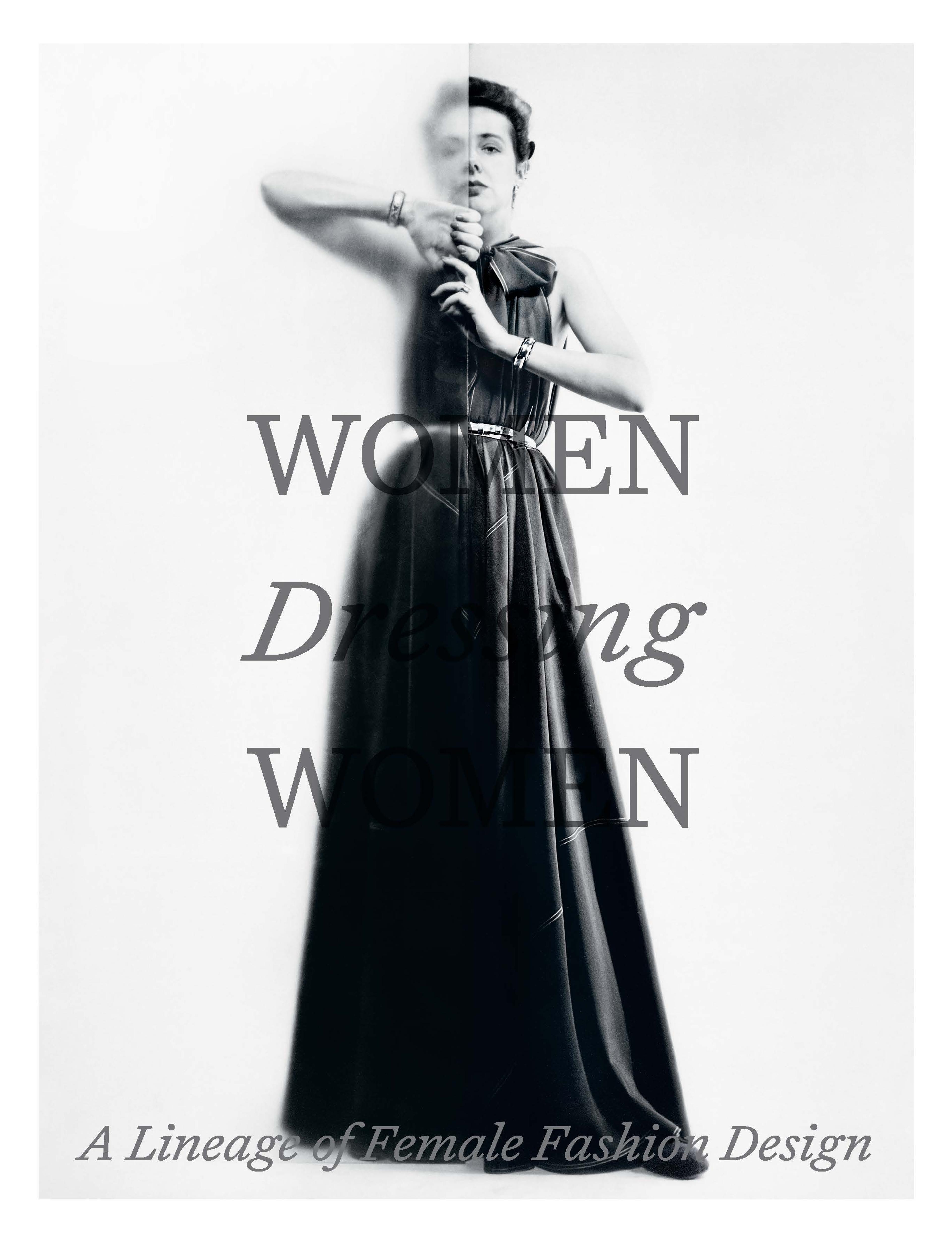Evening vest
First established in the 1890s by the four Callot sisters as a lingerie and lace business, Callot Soeurs evolved into a premier dressmaking house in the early years of the 20th century. Madame Gerber, the eldest Callot sister, served as the primary designer for the house until 1927 when her sons took over the business. Rita de Acosta Lydig (1880-1929), a noted beauty and style icon of the early twentieth century, owned this garment, attributed to Callot Soeurs. A great admirer and collector of lace, de Acosta Lydig favored simple silhouettes, even culotte-type bifurcated dresses, which she paired with her signature lace vests or jackets, like this example.
It is a stunning garment using three 17th-century Venetian type laces, each constructed with a different lace-making technique, two flat and the other with raised elements, which create a contrast in texture and surface. The piecing to refashion antique laces into a garment requires the skill and sensitivity of "couture hands," such as those that sewed the renowned lace-embellished Belle Epoque dresses from Callot Soeurs.
It is a stunning garment using three 17th-century Venetian type laces, each constructed with a different lace-making technique, two flat and the other with raised elements, which create a contrast in texture and surface. The piecing to refashion antique laces into a garment requires the skill and sensitivity of "couture hands," such as those that sewed the renowned lace-embellished Belle Epoque dresses from Callot Soeurs.
Artwork Details
- Title:Evening vest
- Design House:Callot Soeurs (French, active 1895–1937)
- Designer:Marie Callot Gerber (French, 1857–1927)
- Date:ca. 1910
- Culture:French
- Medium:linen
- Credit Line:Brooklyn Museum Costume Collection at The Metropolitan Museum of Art, Gift of the Brooklyn Museum, 2009; Gift of Mercedes de Acosta, 1954
- Object Number:2009.300.1201
- Curatorial Department: The Costume Institute
More Artwork
Research Resources
The Met provides unparalleled resources for research and welcomes an international community of students and scholars. The Met's Open Access API is where creators and researchers can connect to the The Met collection. Open Access data and public domain images are available for unrestricted commercial and noncommercial use without permission or fee.
To request images under copyright and other restrictions, please use this Image Request form.
Feedback
We continue to research and examine historical and cultural context for objects in The Met collection. If you have comments or questions about this object record, please contact us using the form below. The Museum looks forward to receiving your comments.
